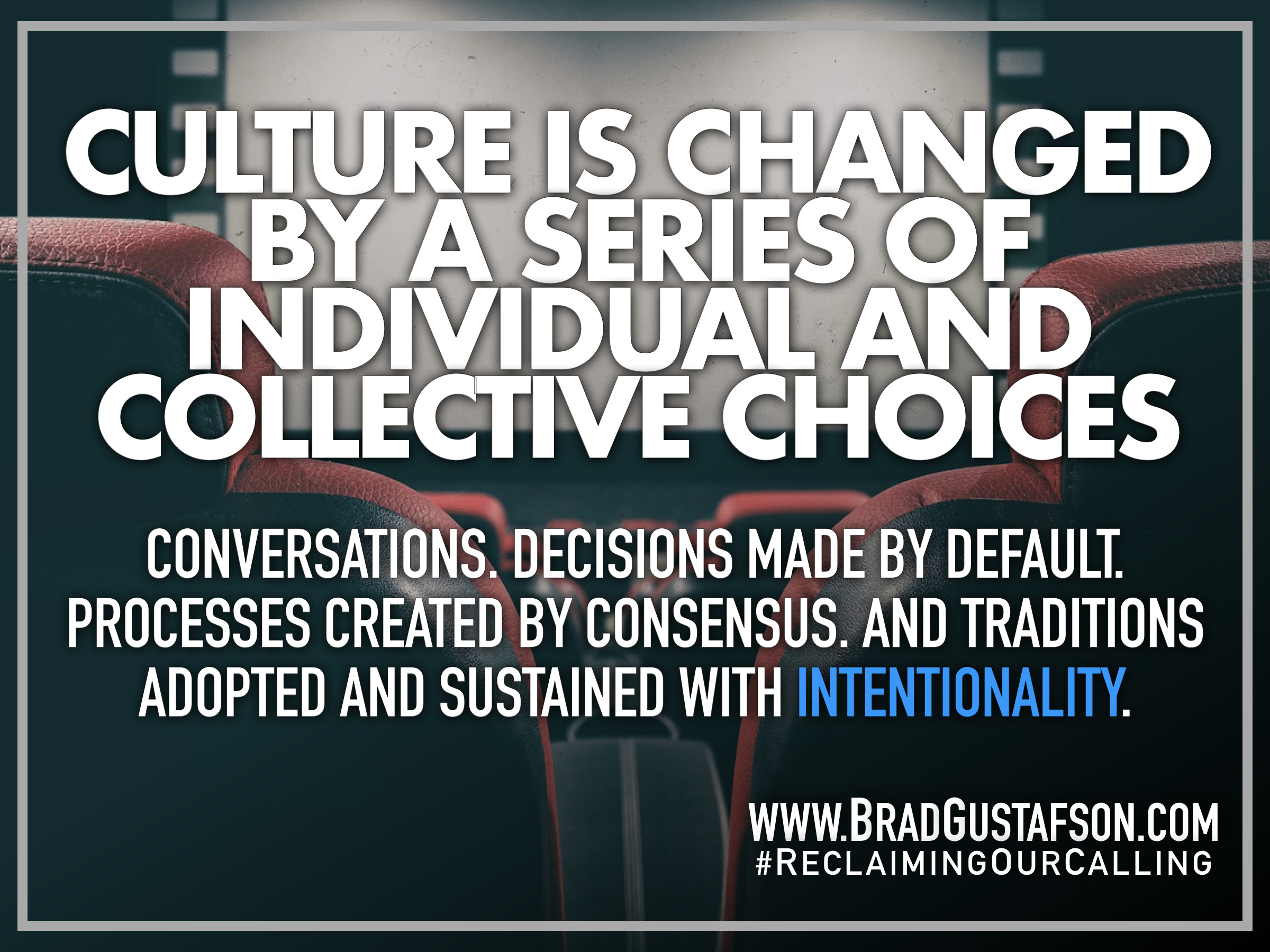

The importance of the peer group to the development of children is well established in psychology and sociology. Peer GroupĪ peer group is a group of people with who the child plays, who generally are of a similar age and developmental stage.Īccording to ecological systems theory, a child’s peers are very influential in shaping their values, beliefs, tastes, and preferences. In the words of Bartkowski, “if it takes a village to raise a child, religion occupies an important place in that village” (Barkowski et. However, religion can also have a detrimental effect on childhood development in cases where it acts as a source of conflict within families.

Similarly, the Jewish religion has the ritual of Bar and Bat Mitzvah on the 13th birthday of boys and girls respectively (which represent a child’s formal welcoming into the larger religious community).įrom a scientific point of view, several studies have noted that religion is associated with positive psychological and social outcomes in the development of children (Bartkowski et. For instance, the baptism of infants is commonly practiced among many Christians. Initiation into religion begins at a young age typically at the time of birth itself.
#Examples of microcosm how to#
In addition to being a source of morality, ethics, and values, religion provides traditions of codes of conduct that guide people on how to live their lives. Religion is an inalienable part of human societies, and most individuals experience it in some form or the other. Teachers and seniors in school act as role models to children, whereas interaction with their peers enables children to understand values such as competition, cooperation, and coordination. They are also responsible for the moral, ethical, emotional, and social development of children (known as the ‘ hidden curriculum’ of schooling).īesides its role as a site for learning and education, a school also is a place where children form the strongest and most impactful bonds outside the family.

Schools are responsible not only for curriculum-based learning that equips a child with skills to make their way in the world. The school is perhaps second in importance only to the family in its potential to shape a child’s social and emotional development. Similarly, the psychoanalytic theory holds that childhood experiences, and in particular, a child’s interaction with his or her parents are the building blocks of a child’s personality. This attachment to the primary caregiver is used by the infant as a “secure base” from which the infant explores relationships with other individuals (Cassidy, 1999). Social psychology recognizes that the family, especially the parents, plays the most important role in shaping a child’s personality.įor instance, the attachment theory in psychology holds that close proximity to at least one adult caregiver is essential for the normal social and emotional development of an infant. What we inherit from our parents, for instance, includes genetic and biological traits such as physical features, height, behaviors, and so on. One’s bond with one’s family is not just social. Parentsįrom the time a child is born until well into adulthood, most individuals spend the maximum amount of their time with their parents.įor this reason, the parents are the most important microsystem. They each impact an individual’s development directly. The institutions that make up the microsystem tend to have an intimate, personal relationship with the child.įor example, the family, the school, and the peer group are all examples of microsystems with which an individual is involved personally. “Micros” in Greek means small, and the microsystem being composed of institutions and influences closest to the individual, is represented by the smallest circle in Bronfenmrenner’s model. The closer a circle or level is to the child, the greater is the degree of immediate influence it has on the development of the individual.

#Examples of microcosm series#
The microsystem is the innermost level in Bronfenbrenner’s 5-tiered model of child development called the ecological systems model.Įach level in the model is represented by a circle, with the entire model taking the appearance of a series of 5 concentric circles moving outwards, having the child at its center.


 0 kommentar(er)
0 kommentar(er)
